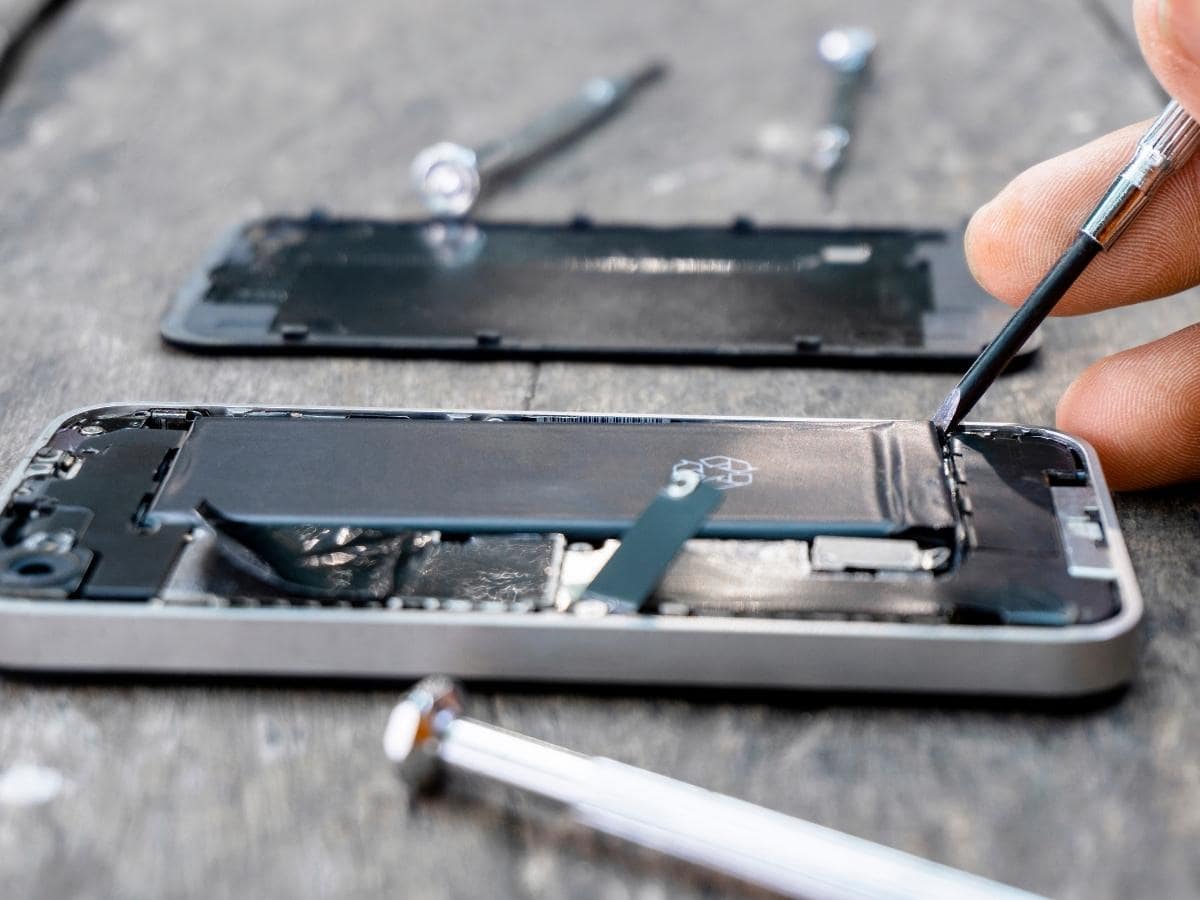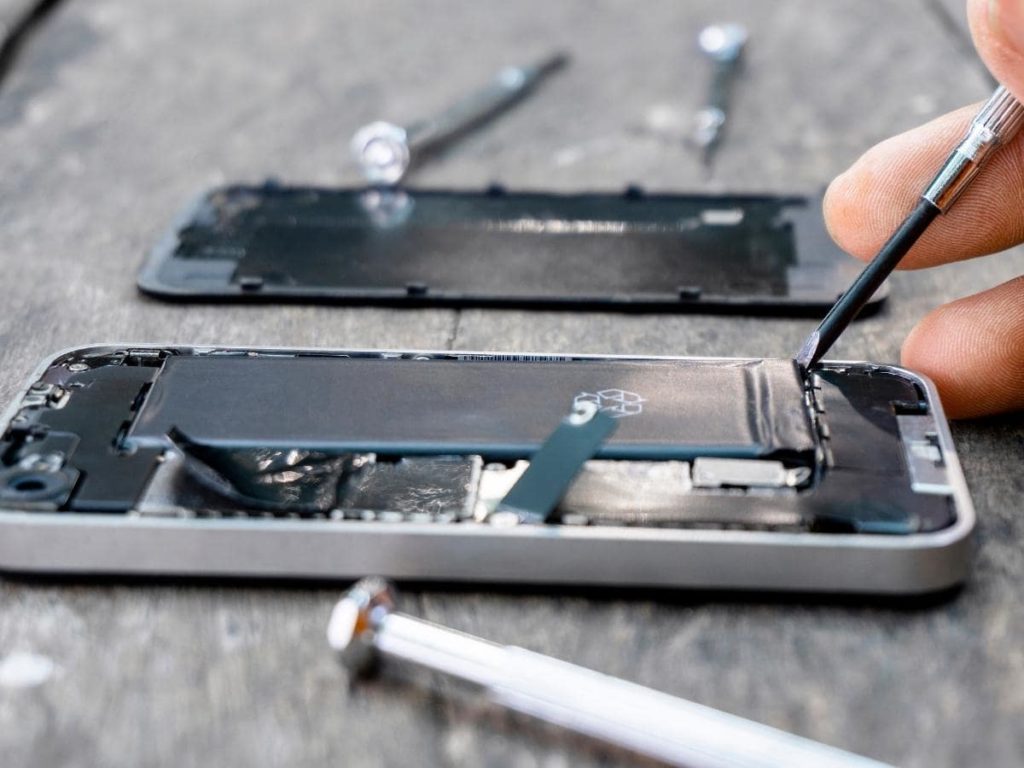
Common Issues That Require Samsung Galaxy S7 Screen Replacement
If your Samsung Galaxy S7 has a cracked or damaged screen, you’re in luck. Samsung has acknowledged the problem and is offering replacements. However, if the display is still not in working order, you can try other fixes before getting a replacement. One way to resolve this issue is by dialing *#0*#, then tapping on Red, Blue, or Green to reset individual pixels. However, it is important to note that you might need to try this several times.
Symptoms of a Damaged Display
One of the most common signs of a damaged display is bleeding pixels. These occur when pixels that are in a certain spot on the display spread out and don’t adhere properly to the LCD screen. Bleeding pixels can affect the color and clarity of images on the screen. Another common symptom of a damaged display is blacklight bleeding. This occurs when light shines through the edges of the LCD screen. It’s usually more noticeable on dark images but is not as noticeable when viewing lighter ones.
A damaged Samsung Galaxy S7 display can be caused by several different issues. Sometimes, a display can become so damaged that it won’t work. This can cause a black screen to appear after rebooting. Other times, some lights will function but the screen remains unresponsive. In these cases, the phone may need to be sent to a repair center.
Problems With The Power Button
When you can’t turn on or off your Galaxy S7, you may have a problem with the power button. Not only is this frustrating, but it can also prevent you from taking screenshots or putting the device to sleep. If the power button on your device stops working, you may need to get it replaced. Unfortunately, power buttons on Galaxy S7 devices can wear out over time. Accidental drops can also damage the components.
If you’ve tried resetting the power button and still can’t turn on the Galaxy S7, you might try hard reset. To do this, hold down the power button, volume up, and home buttons together for five to seven seconds. This should bring up the Samsung logo. You may have to repeat the process a few times before you get the result you want.
Problems With The Display
If you’re having problems with the display on your Samsung Galaxy S7, you’re not alone. Many people have experienced the “black screen of death” on their handset. This happens when the display becomes completely black and unresponsive to touch. While this is a frustrating experience, there are steps you can take to get it fixed.
The first step is to reset the device by charging the device. Once this is complete, you’ll see the Android setup display. This process should take 30 minutes or so. If you’re still having problems with the display, you may want to contact Samsung support. If all else fails, you can perform a factory reset.
Problems With The Display Blotch
Many owners of the Galaxy S7 are experiencing weird blotches and vertical lines of color on their phone’s display. The most common blotches and lines appear in purple and green. In such cases, it’s important to contact your retailer or carrier to get a replacement display. The problem is caused by a hardware error. The result is a purple or green stain on the screen that affects your viewing experience. The ink-like stain becomes increasingly larger over time.
The Galaxy S7 edge’s screen can also become unresponsive at times. This can happen when there is a large volume of apps open on the phone, or if you’ve downloaded an app that’s not mobile-friendly. Other common causes include a malfunctioning screen or a cracked display.
Problems With The Display Turning Green
If your Samsung Galaxy S7 display turns green, you may want to know what to do to fix it. There are several solutions you can try to fix this issue. The problem usually occurs when the display is locked, but it can also happen when you unlock it. If this happens to you, it’s possible that your phone’s display is defective and needs to be replaced. In the meantime, you can try hard resetting your phone by holding the Power and Volume Down buttons. This will solve the problem temporarily.
This problem is caused by one of the problems with AMOLED screens. However, AMOLED screens are known for their limitations, and many people who purchase them understand the potential problems. The green screen of death is a common issue for Android smartphones, and it indicates a critical error. It’s similar to the blue screen of death on Windows.

